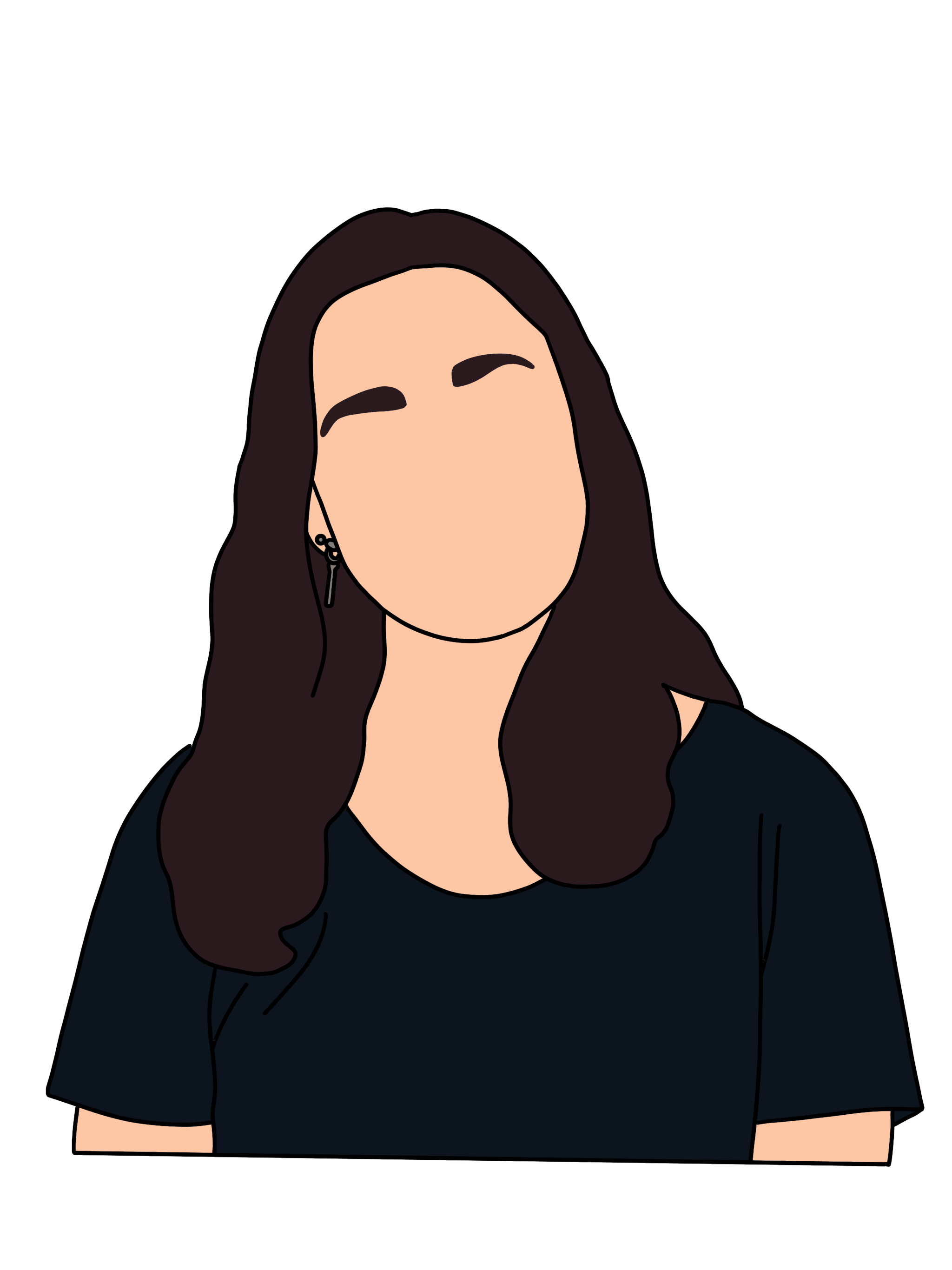Academic Portfolio
Welcome to my academic portfolio! On this page, you can find a collection of relevant coursework, featuring everything from literature-focused essays to 3D mapping projects. I’m an ex-American Literature and Culture major, and I also double minored in Digital Humanities and Professional Writing.
I’m proficient in Google Workspace, Canva, CARTO, QGIS, Story Maps, OpenStreetMap, and various other programs.
Writing Samples
Prompt: Pick a theme or artists to focus on, and write a final 15 page capstone research paper analyzing your chosen topic.
This paper was written for English 183C: Topics in 20th- and 21st-Century American Literature: Rhyme and Reason: Lyrical Traditions and Political Activism in Hip-Hop Culture, 1970s to Present
Prompt: Pick a novel from the quarter’s assigned readings, and write a 6+ page paper analyzing a close read of one passage from the novel you’ve chosen.
This paper was written for English 170B: American Literature, 1900 to 1945 (2020).
Prompt: Write an academic research paper on an environmental issue.
This paper was written for English 118E: Literature and the Environment (2020).
Prompt: Analyze a piece of verbal media.
This paper was written for Comm 1: Principles of Oral Communication (2019).
Projects
Project title: Sammie
This project was created for English Composition 133: Topics in Writing for Multimedia Environments
Project description: My group and I were tasked with brainstorming a video game and coming up with every aspect of its development and creative process—everything but the actual game’s development. Our pitch deck shows what we presented in the class, and thanks to my incredible group, we were able to mock up the game itself, the logo, and the adorable drawing you see on the left. I can’t take credit for any of that; my responsibilities fell mainly on the editorial and brand design side. You can click the button above to view our ten pager, which is the document we used to share every detail of the game. I’m not sure if the game will actually be developed, but the concept behind Sammie is that it’s aimed to show how hard it is to struggle with anxiety, and point out that mental health isn’t a joke. I’m not a huge gamer myself, but it was really cool to step into the video game world to conceptualize a game of my group’s design and desire.
Project title: Bruin the Environment, Don’t Ruin the Environment.
This project was created for English Composition 130A: Professional Writing: Digital Writing and Web Literacy (2020).
Project description: The prompt for this project was to study a political issue and its nature at UCLA, and create an interactive website to present the topic to the class. My group and I chose to do our project on the environment, focusing the website around a survey that we sent out to our classmates to gauge their awareness of university-focused efforts.
Pictured on the left is an amazing graphic that one of my incredible teammates made for the home page of our website. It shows some of the keywords UCLA uses in their current environmental efforts, and presents a visual overview of our topic.
Project title: Farmers Markets- Tackling Food Insecurity in Los Angeles County.
This project was created for Digital Humanities 101: Introduction to Digital Humanities (2019).
Project description: In one of my first Digital Humanities classes, we were sorted into groups and asked to select a dataset from which to create a project around. My group chose a dataset with locations of various Los Angeles County farmers markets, and chose to focus on the issue of food insecurity in the area.
On the left is a map of farmers markets in Los Angeles County, organized by neighborhood income. My group quickly discovered that most farmers markets were in upper class and elite neighbors, with rarely any in lower class neighborhoods. One of my group members created this representation to represent this inequality.



